Turn PDF to Course in 7 Quick & Easy Steps
Convert PDF to course with ease. Follow 7 quick steps to create online training that boosts learner engagement and saves time.
Convert PDF to course with ease. Follow 7 quick steps to create online training that boosts learner engagement and saves time.

Even in a digital world, PDFs remain a go-to for sharing knowledge quickly. Their portability and ease of creation make them hard to replace. Yet, static content can become outdated, hard to track, and less engaging.
Modern learning solutions offer interactivity, progress tracking, and instant updates, but still lack the quick start PDFs provide.
This article explores how to turn PDFs into courses, transforming existing documents into engaging training that reaches learners effectively and efficiently.
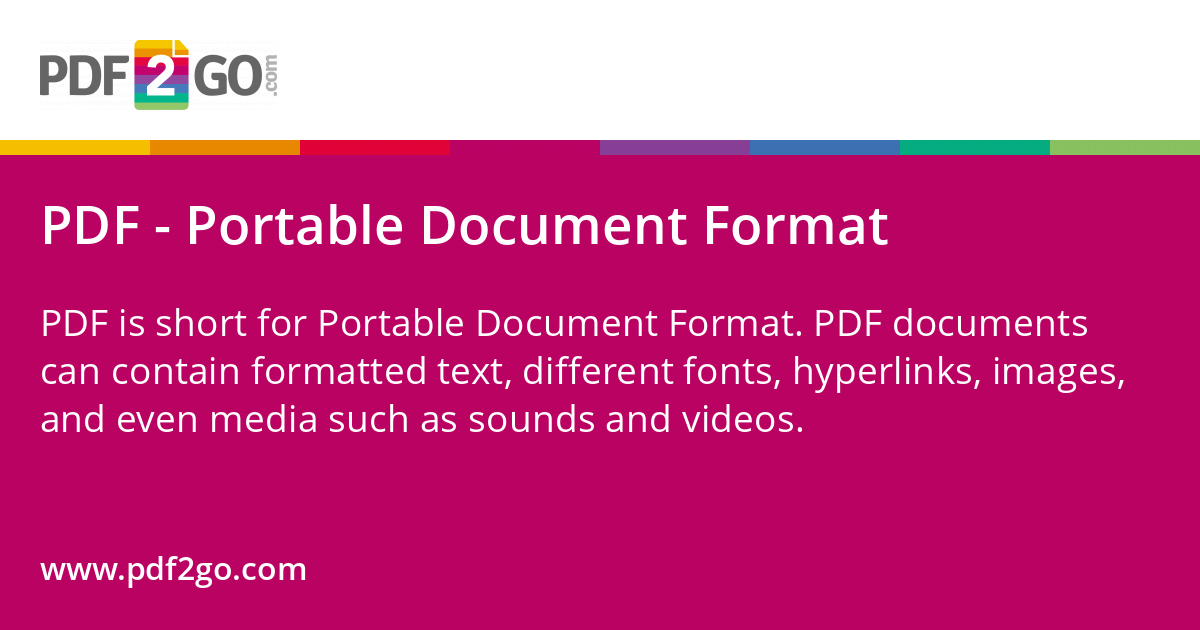
PDF, short for Portable Document Format, was created by Adobe to share documents that include text, images, media, links, and signatures. Today, many office apps and programs support PDFs, making them widely accessible.
PDFs offer several advantages:
PDFs work well for sharing information quickly, but they often fail to engage learners or show how content gets used. Turning them into online courses adds interactivity, quizzes, and progress tracking, making learning meaningful and measurable.
This approach gives valuable content from PDFs new life as dynamic, up-to-date training learners can access anytime, anywhere. Combining the simplicity of PDFs with modern online tools creates learning experiences that stay informative, engaging, and easy to follow.
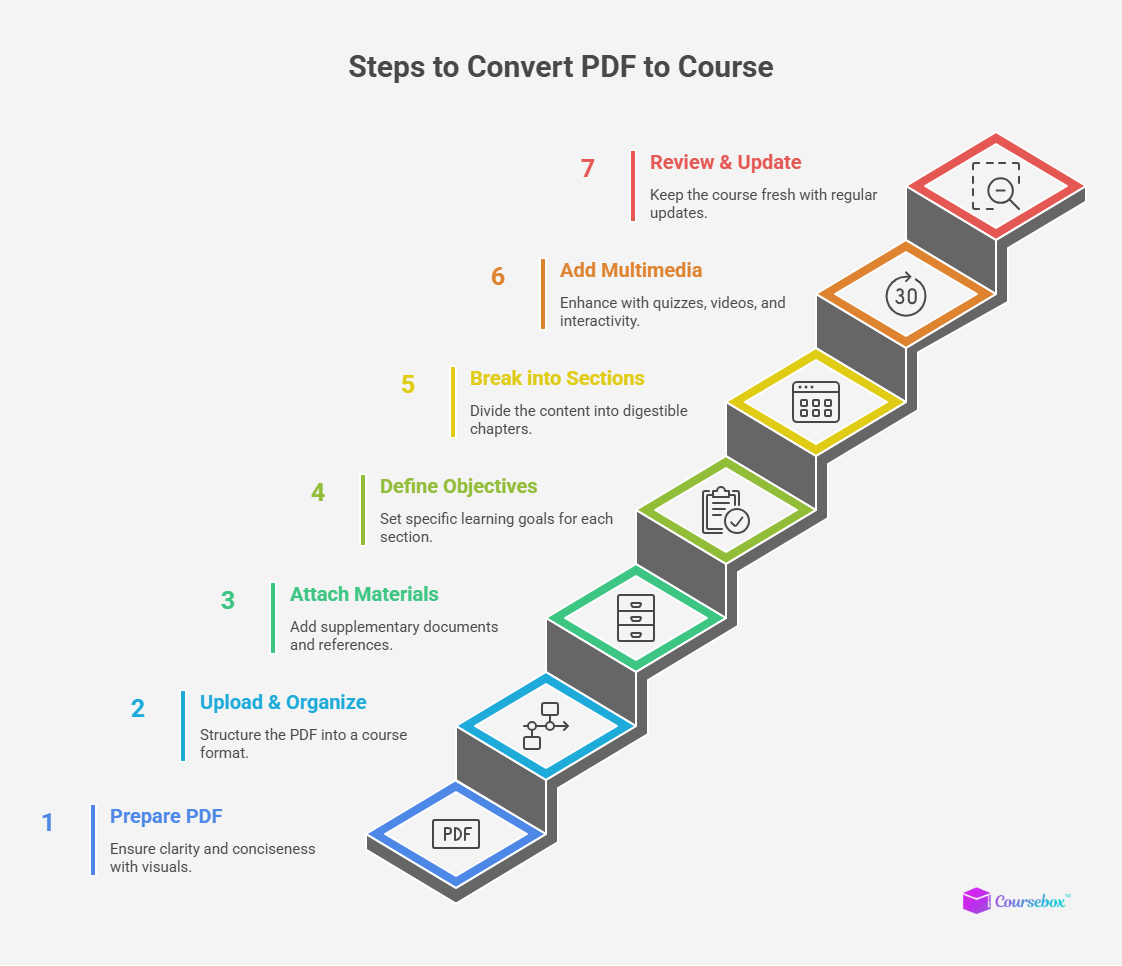
Transforming a PDF into a fully interactive, trackable online course becomes straightforward with no-code course creators. These platforms allow uploading documents, improving content, monitoring learner progress, and keeping knowledge organized in one place. This guide walks through every step to turn PDFs into engaging, practical training.
Choose your PDF or PowerPoint file and upload it to a course creator of your choice. Drag and drop content into your desired course structure. This keeps all material in one platform, making updates easier and reducing the need to share documents separately.
Pro Tip: Coursebox AI is one of the leading options on the market with slick UI & smart AI features.
AI Course Generator - Create courses with AI in minutes
Supplement the course by adding extra files, like company guidelines or reference documents. Attach these directly to a learning step or at the end of the course. Always keep the original PDF and working files handy, so updates or revisions can be uploaded quickly.
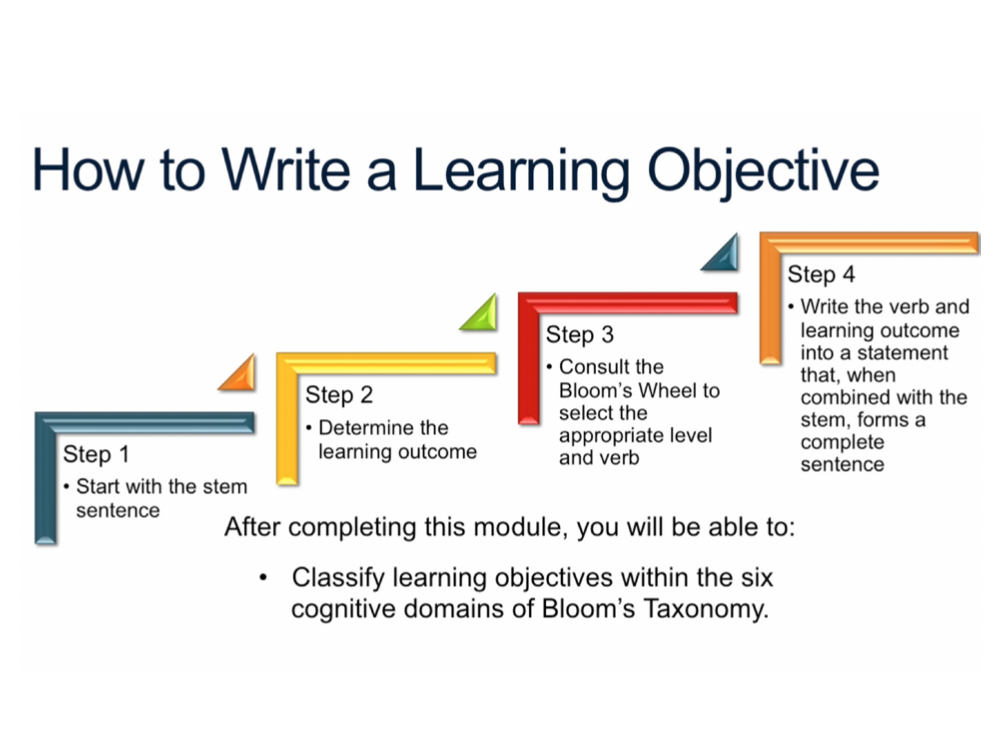
Start your online course by listing three to five learning objectives. These set clear expectations for learners and guide course design. Include objectives in the course summary and ensure content for each chapter supports them. If gaps exist, add extra pages or sections. For each chapter, create three to five specific goals and tie them to lesson content and assessment items.

Divide your PDF into smaller sections to match learners’ attention spans. Effective online courses usually have five chapters or fewer. Large PDFs may need to become multiple courses.
Within each chapter, aim for 10–15 bullet points. Each page should have a unique title and three to five bullet points. Avoid deep indentation; write bullets as complete sentences for clarity.
Once content is structured, enrich it with multimedia elements. Embed quizzes or assessments (5–15 questions per chapter), glossaries (10–15 terms per chapter), and short chapter summaries.
Use drill-down links to provide optional resources like videos, articles, diagrams, or step-by-step instructions. Include simulations or interactive exercises where learners can practice, and provide contact information for feedback or support.
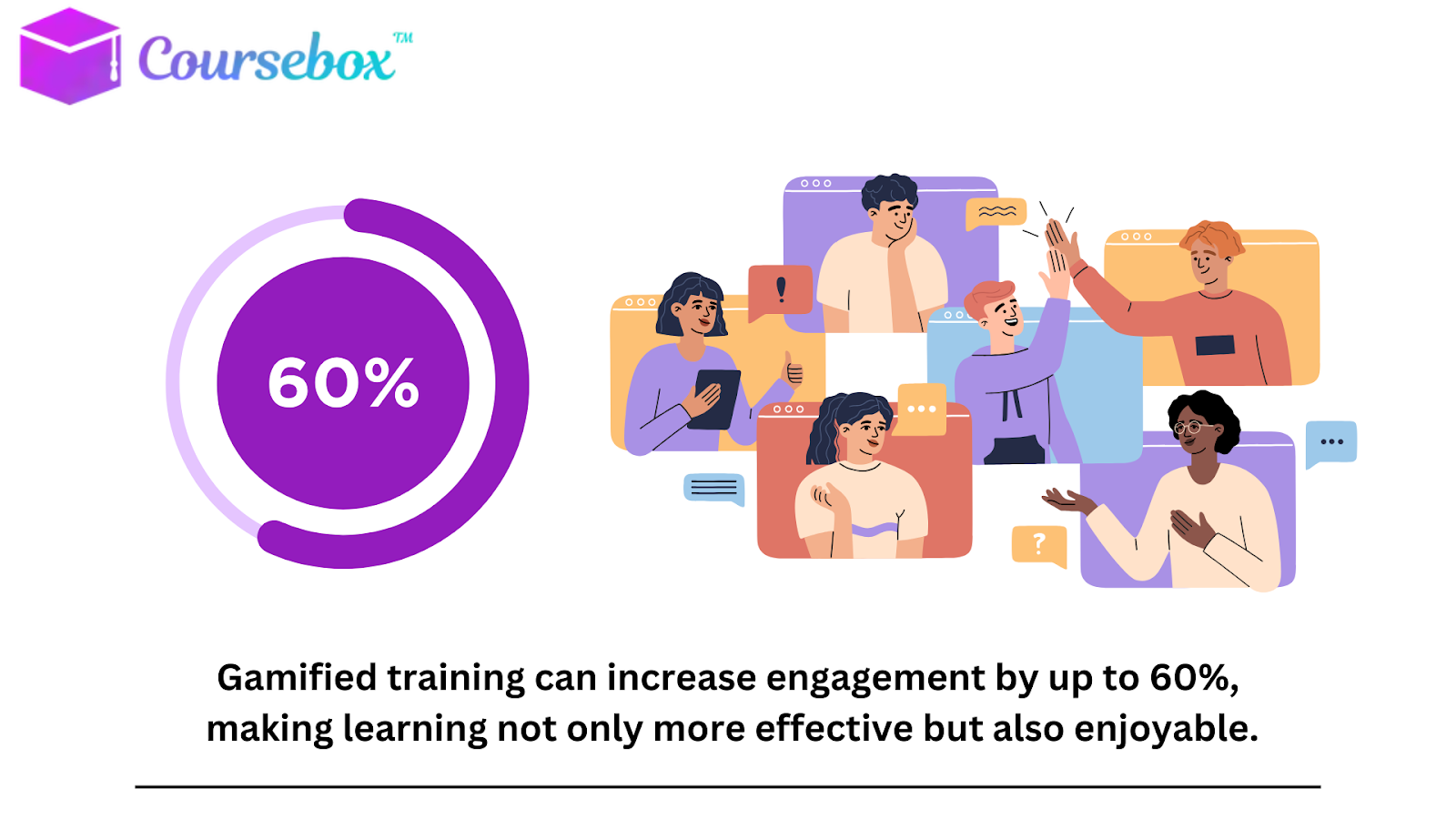
Regularly revisit your course to ensure content stays current. Updated PDFs can be re-uploaded with a few clicks, keeping all learning materials centralized. This prevents outdated information from spreading and helps maintain consistent knowledge across your team.
By following these steps, PDFs transform from static documents into engaging, interactive courses that learners can access anytime.
Using PDFs makes content easy to share, but learners need more than just information. PDFs deliver knowledge efficiently, yet they cannot guide learners through understanding or help them retain material. Adding interactive, human-centered elements transforms static content into meaningful learning experiences.
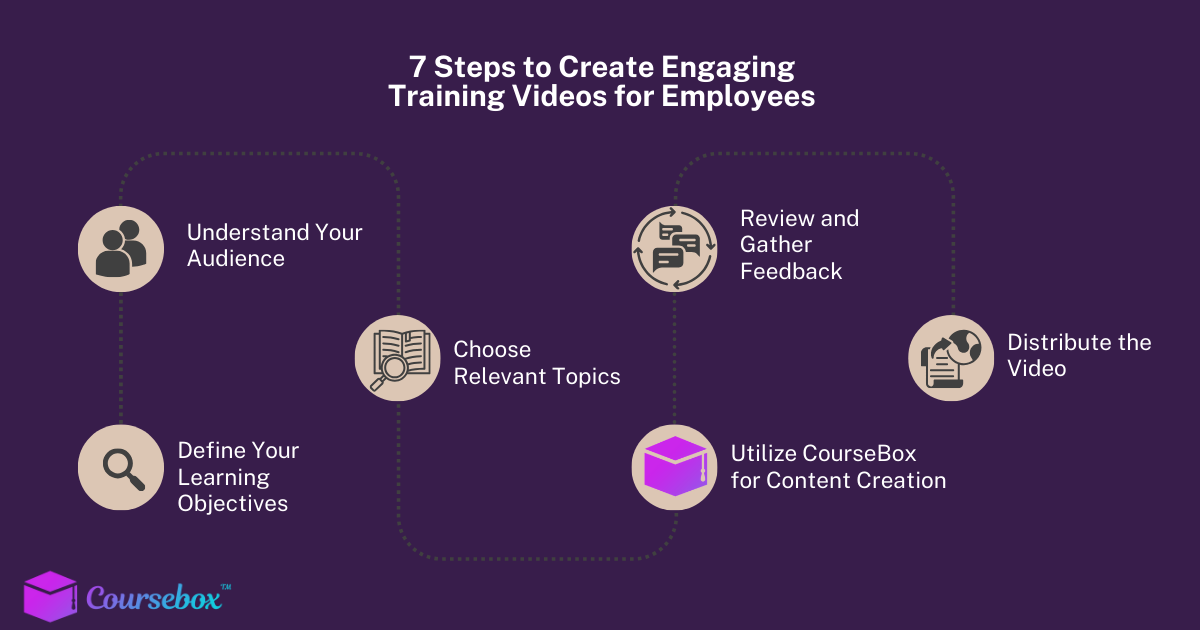
Videos make training more engaging. Creating videos may take more effort than converting a PDF, but simple tools like screencasts or audio slideshows allow fast production without relying on third parties.
Pro Tip: Keep videos short, ideally 2–5 minutes, and focus on one concept per clip. Include captions for accessibility and reinforce key points.
Quizzes and assessments improve retention. Mix multiple choice, single choice, true/false, open-ended, and survey questions to keep learners actively involved and reinforce learning objectives.
Learning works best as a social process. Encourage discussion, feedback, and collaboration within your eLearning platform. Social interaction helps learners process content more deeply and supports peer-to-peer understanding.
Beyond video and quizzes, include diagrams, images, audio clips, and interactive exercises. These elements make learning more memorable and help learners apply knowledge practically. Consider applying Richard Mayer’s Cognitive Theory.

Pro Tip: Use a mix of media types to appeal to different learning styles. Short simulations or “try me” exercises can turn theory into action and increase engagement.
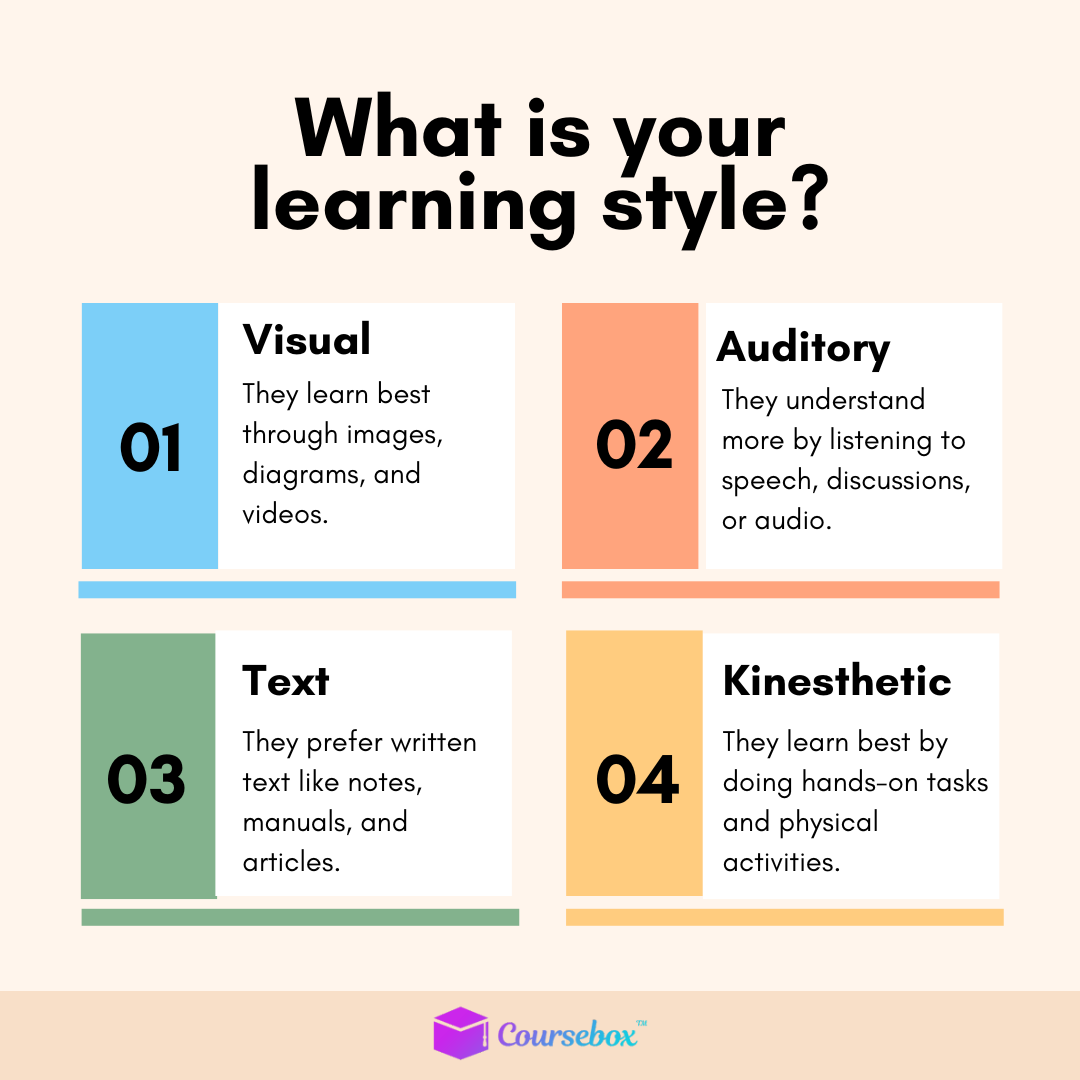
Feedback helps learners consolidate knowledge and allows instructors to improve content. Add reflection questions, surveys, or short assignments at the end of each module to encourage self-assessment and deeper understanding.
Pro Tip: Ask learners to summarize key takeaways or share how they will apply knowledge in real-life scenarios. Insights from post-feedback can guide updates to future courses.

PDFs can do much more than store information. With some creativity, they become powerful tools to enhance digital learning and training activities.
Turn PDFs into team newsletters or knowledge digests to share updates, tips, or best practices. Regular releases keep employees informed and engaged. For recurring updates, prepare a template PDF and simply fill in new content each time, saving time while maintaining consistency.
Presentations often contain valuable content, but slides may not display correctly across devices. Converting them to PDF ensures consistent formatting for all learners. Upload these PDFs to a course creator to turn them into structured, interactive courses that are easier to distribute and track.
Create PDFs with fillable fields for quizzes, surveys, or evaluations. Employees can complete assignments directly in the file, making remote or hybrid learning seamless. You can also convert existing documents into interactive PDFs and integrate them into courses for tracking results automatically.
PDF comments, highlights, and sticky notes allow learners to mark important points, jot down ideas, or flag questions. Trainers can review these annotations to provide feedback without printing documents. Embedding PDFs into your eLearning platform ensures notes and insights stay organized in one place.
Sometimes useful content exists only in printed format. OCR (Optical Character Recognition) tools convert scanned documents into editable PDFs, making previously inaccessible knowledge ready for online learning. Once converted, these PDFs can be integrated into courses with interactive quizzes, multimedia, or assessments.

PDFs work well for sharing knowledge, but they become far more effective when turned into interactive courses. With Coursebox AI, you can centralize content, add videos, quizzes, and track learner progress.
Start with key PDFs, break them into small sections, and add interaction to turn static documents into engaging courses that help learners understand and apply what they learn.
Ready to get started? Create your first course today and transform your PDFs into interactive, results-driven learning.
Yes. Use OCR (Optical Character Recognition) tools to make scanned PDFs editable, then upload the content into a course creator. This allows you to restructure, add multimedia, and build interactive lessons from documents that were originally image-based.
No. Most modern course creators, including AI-powered platforms, are no-code. You simply upload your PDF, organize content, and add multimedia or quizzes through drag-and-drop tools, making the process accessible even for non-technical users.
Course creators usually support multiple formats such as PowerPoint, Word documents, or web pages. Many platforms allow combining different file types into one structured course, giving flexibility to repurpose existing materials.
Most platforms offer content protection features such as password access, encryption, or restricted downloads. This ensures proprietary or sensitive documents remain secure while still being accessible to authorized learners.
Yes, you can usually attach the original PDF as a downloadable resource within the course. This allows learners to reference or print the source material while still engaging with the interactive online version.
